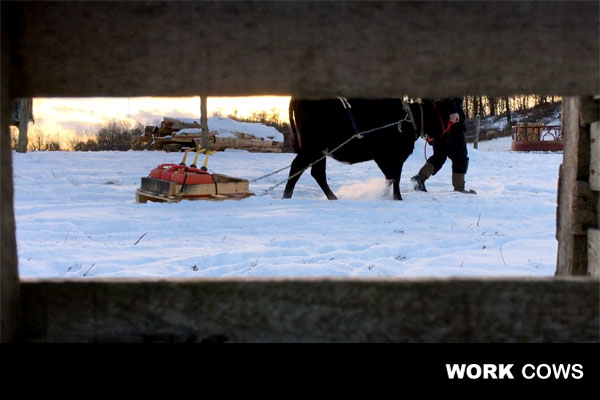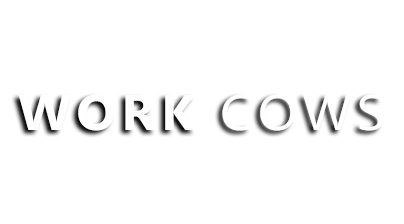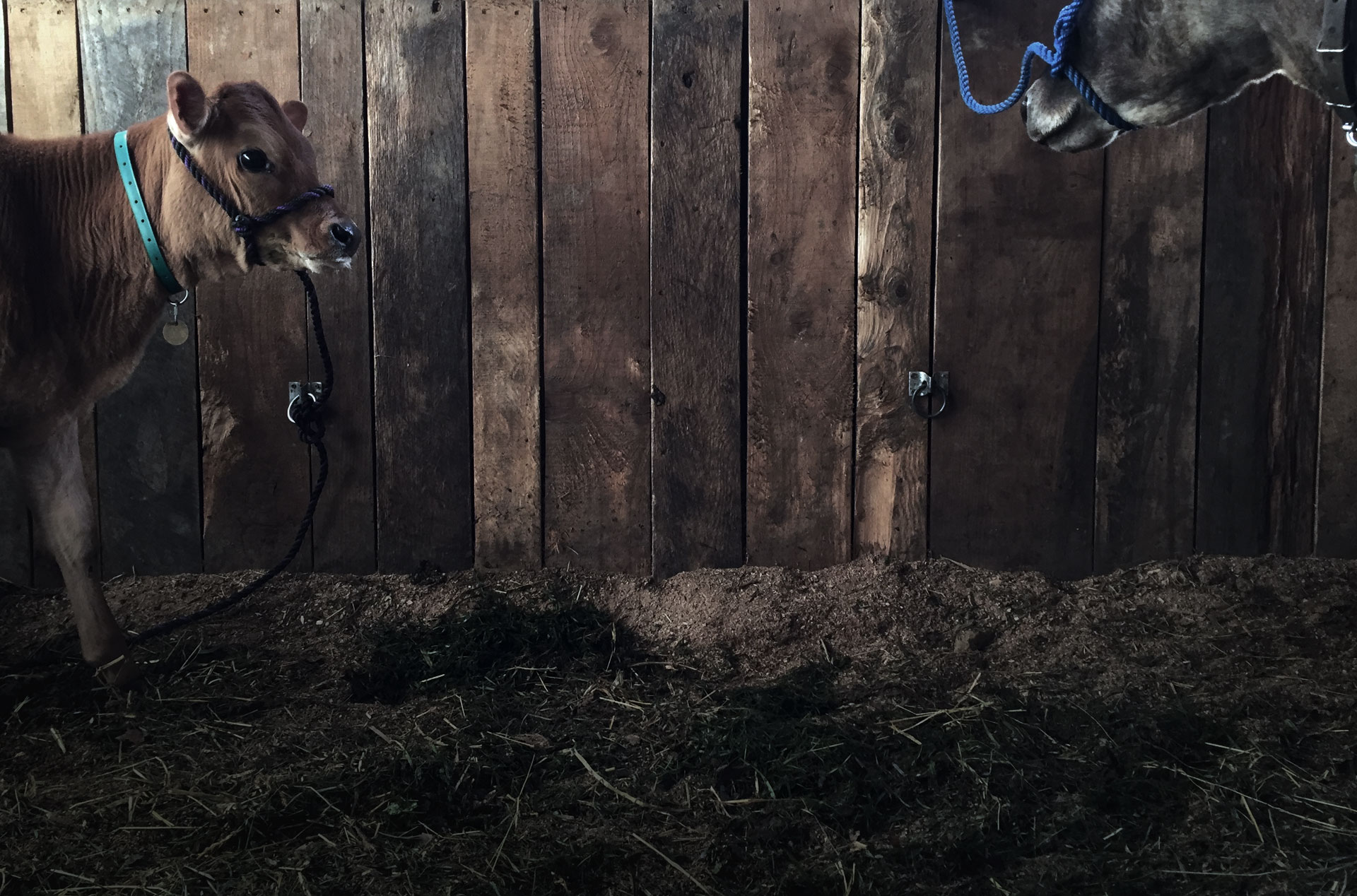
01 Dec Understanding Animal Draft Power: What Every Farmer Should Know
Farming requires a major investment of not only time and money, but also power. For many modern farmers, this power is provided by mechanical means, usually in the form of trucks or tractors. However, the use of any mechanical power source usually requires a major ongoing investment for fuel, tires, maintenance and the cost of servicing the debt, if the trucks or tractors are mortgaged. For some farms, a more economical source of power can be provided by the use of draft power, in much the same way that farming was done before the tractor arrived on the scene.
What is Draft Power?
Simply put, draft power is the use of animals to provide power or leverage to move loads or perform work. Many species of animals have provided this type of power for human use throughout past centuries, including cattle, horses, mules, donkeys, camels and elephants as well as smaller creatures like dogs and goats. This practice is still widely used today in many lesser-developed countries around the world.
In farming, draft animals can be especially useful, depending on their physical abilities, to provide power for carrying, hauling or pulling loads, pulling mechanical equipment such as hay rakes and plows or assisting with lifting or moving large or heavy items.
Understanding the Effects of Tractive Force
Before considering a specific animal for use as a draft animal, it is important to understand the concept of tractive force and how it will affect specific animals. Basically defined as the force necessary to generate motion, actual tractive force requirements can vary widely, depending on factors such as:
- the weight and dimensions of the load to be moved
- friction created by dragging loads
- the degree of incline on the surface where the work is to be performed
- the physical condition of the surface where the tractive force is to be applied
- the muscle mass, weight, condition and physical capability of the animal supply the tractive force
- the existence of any stress-inducing issues, such as weather or hazardous conditions, that can increase the difficulty level
To get a better understanding of the different levels of tractive force, it can be helpful to examine the following two scenarios and note the differences.
Scenario One: Using Tractive Force for Wheeled Work
As you probably already know from personal experiences with pushing wheelbarrows or even shopping carts, moving any sort of wheeled object across a level, hard-packed surface requires little effort, even when it is heavily loaded. Similarly, a draft animal can easily move heavily loaded wagons, carts and wheeled vehicles when the surface is level or only slightly inclined, the surface condition allows for good traction, the load is balanced and the wheels of the wagon, cart or vehicle are properly sized, in good condition and not mired up in mud, sand or loose gravel.
However, if the load is grossly out-of-balance or too heavy, surface conditions are poor or steeply inclined or the wheels of the cart, wagon or vehicle are damaged or improperly sized, the draft animal will struggle or be unable to pull a load that might otherwise be readily moveable.
Scenario Two: Using Tractive Force for Non-Wheeled Work
Work performed without wheels to facilitate movement requires different considerations when using draft animals. For example, the difficulty level of the work required when plowing ground, especially when the soil has not been previously broken or it has become heavily compacted is much higher than the level required to move a wheeled object across a level surface.
This is because the design of the plow or cultivator, along with the weight and mass of the soil being turned creates continuous downward force and pressure that must be overcome by the draft animals providing the tractive force to move the soil. If, however, the area to be cultivated is small and relatively level, such as the family garden plot, and the ground has been broken in the past, even smaller draft animals, such as the family milk cow may be able to safely provide the necessary tractive force to handle the job.
Other types of non-wheeled work, such as skidding small logs, pulling sleds or providing power necessary for lifting is much easier for all types of draft animals to accomplish, if the surface is relatively firm and the level of incline is not unduly steep. If poor conditions exist that make the work more difficult, farmers should be prepared to reschedule the task or utilize additional draft animals to provide additional power and ensure that individual animals are not worked beyond the level that is safe for them.
Is Draft Power Right for You?
Providing tractive force through the use of draft animals is once again becoming a popular consideration for many farmers who want to decrease their use of non-renewable fuels, reduce farm overhead or just enjoy the opportunity to work alongside these animals.

